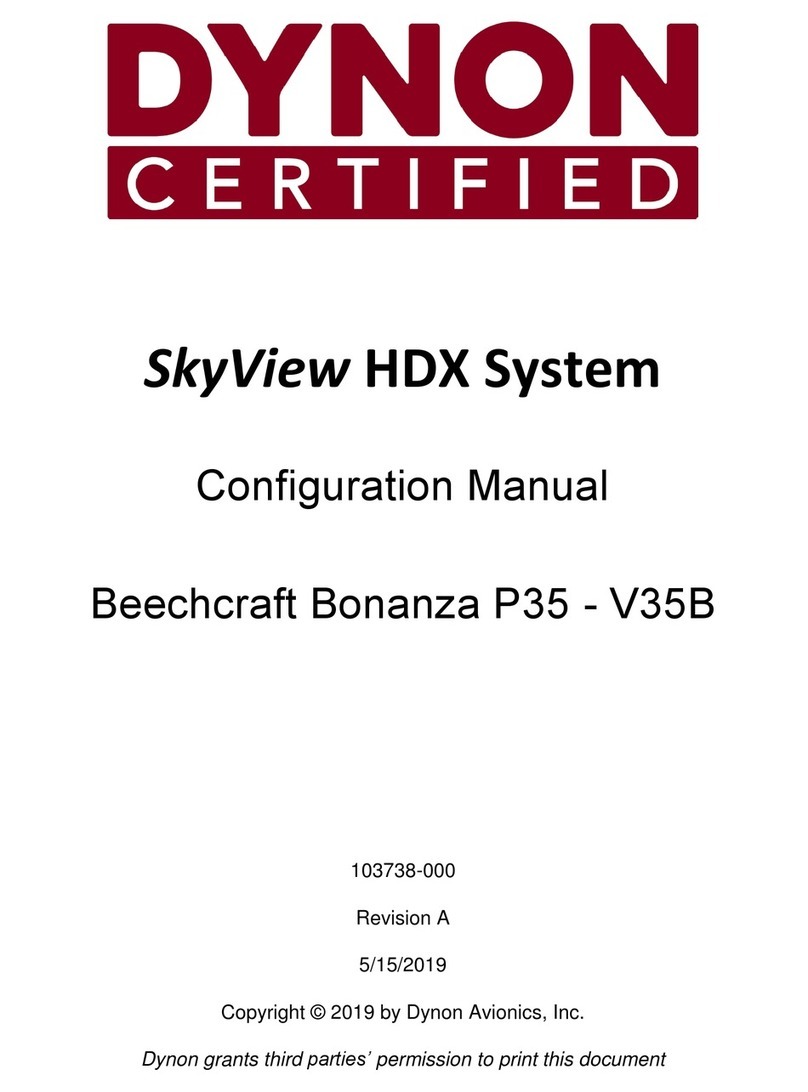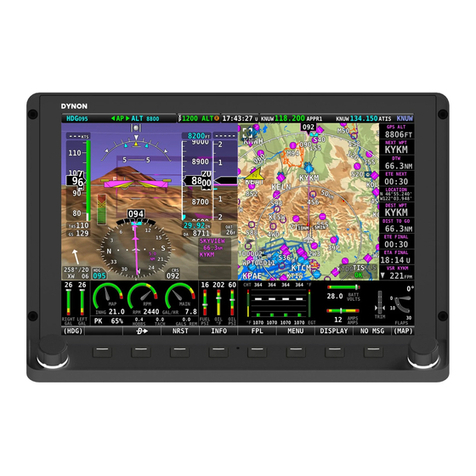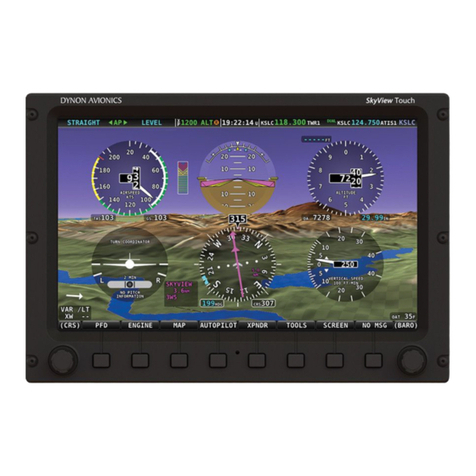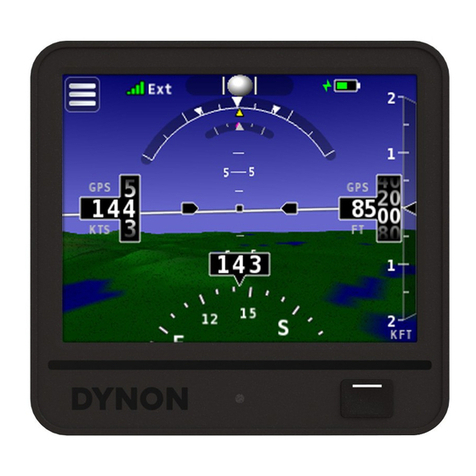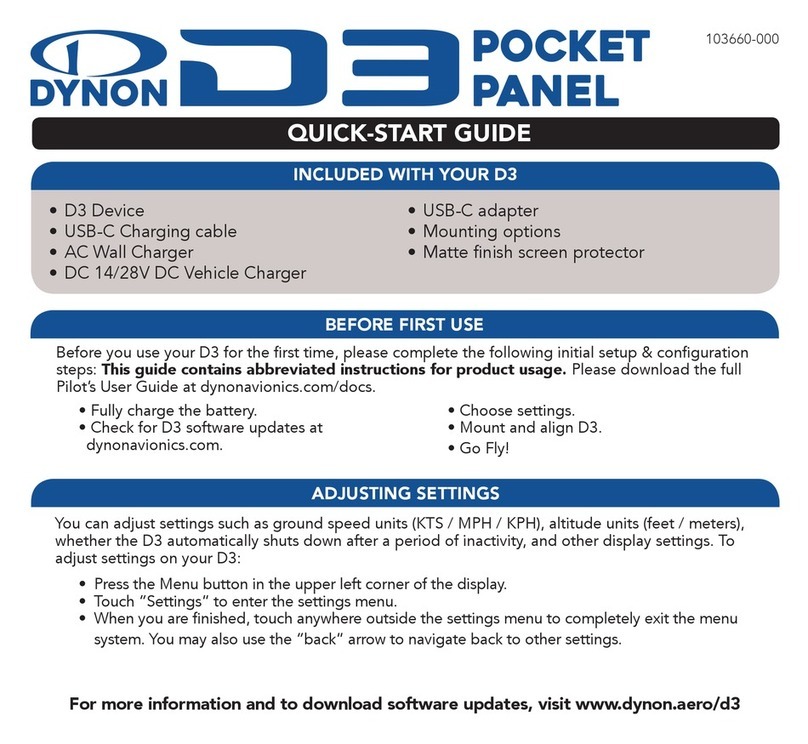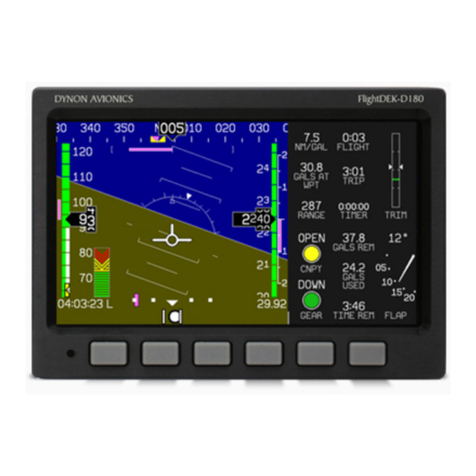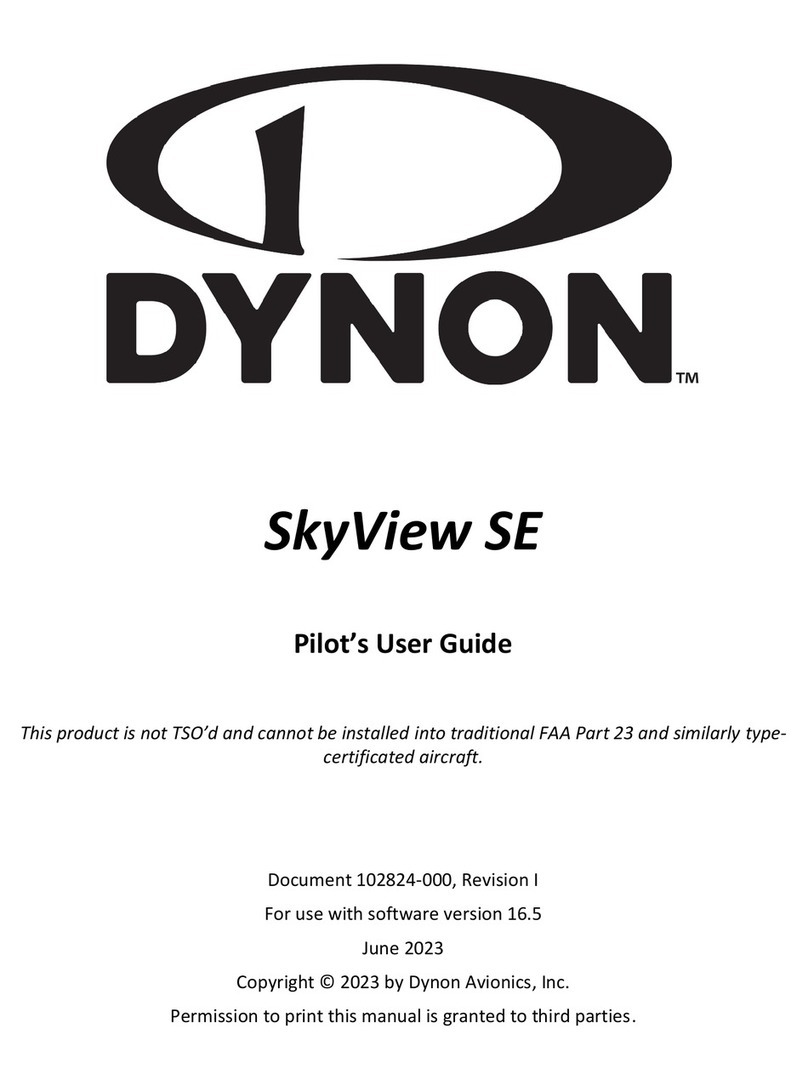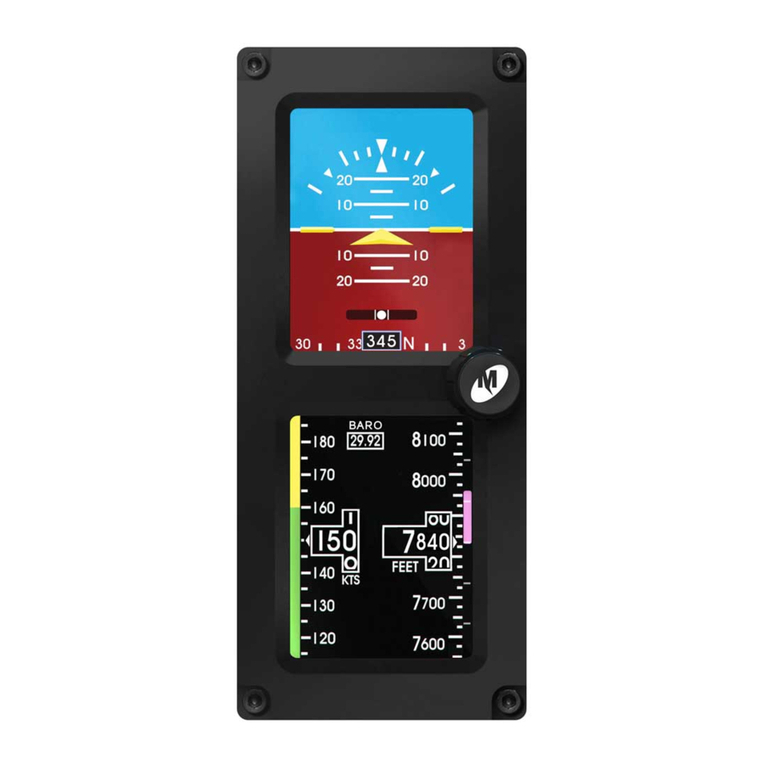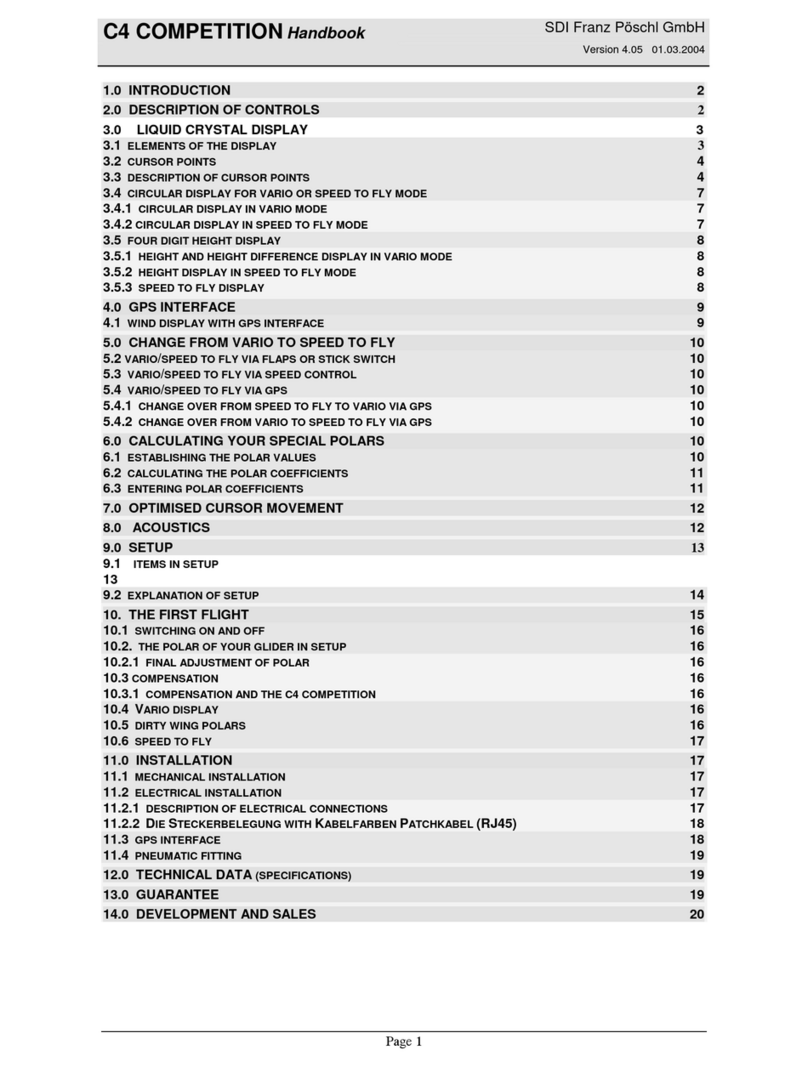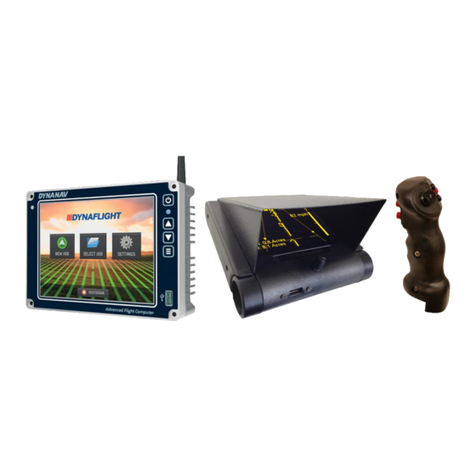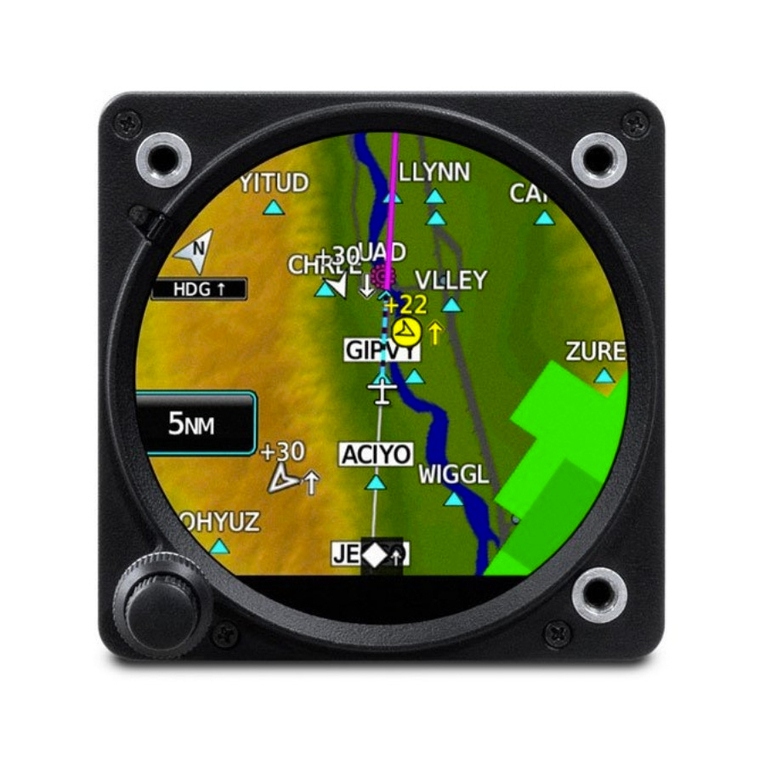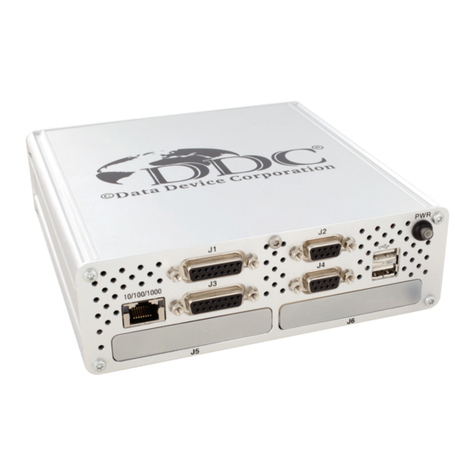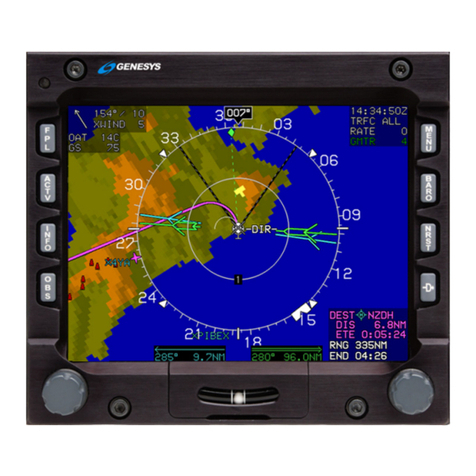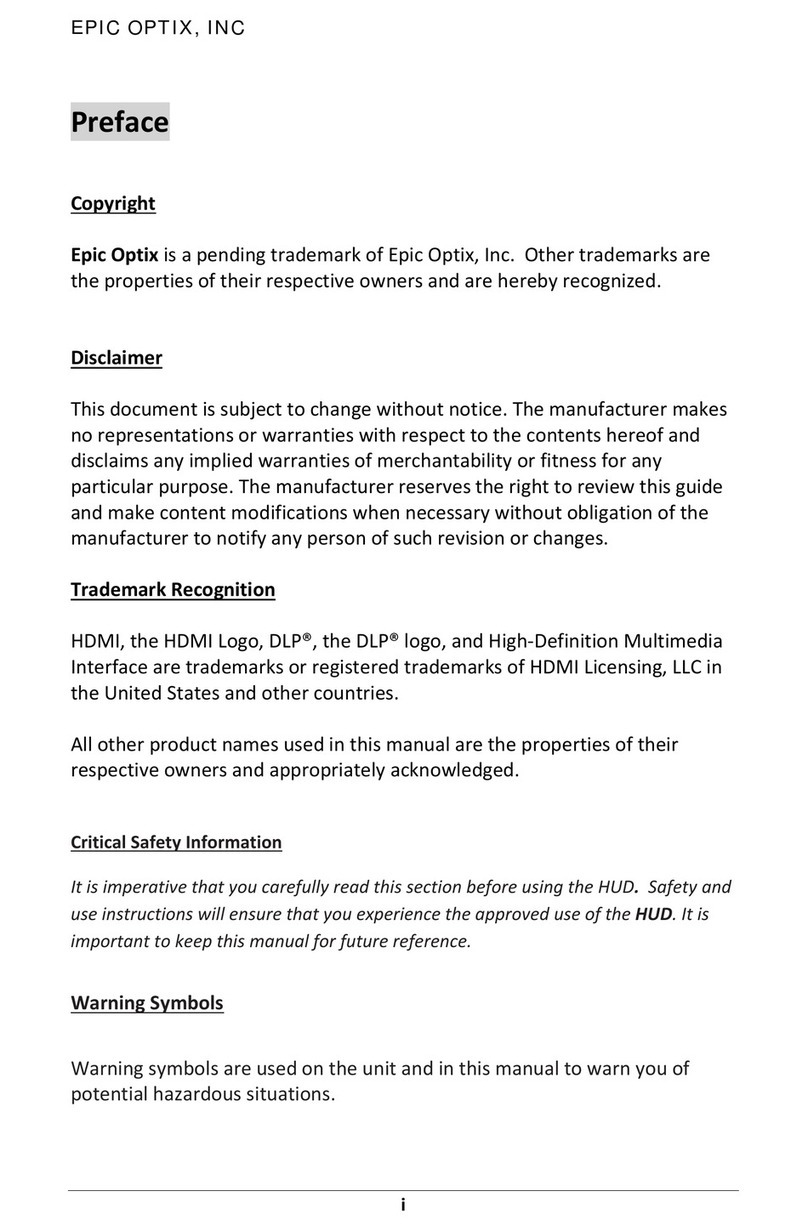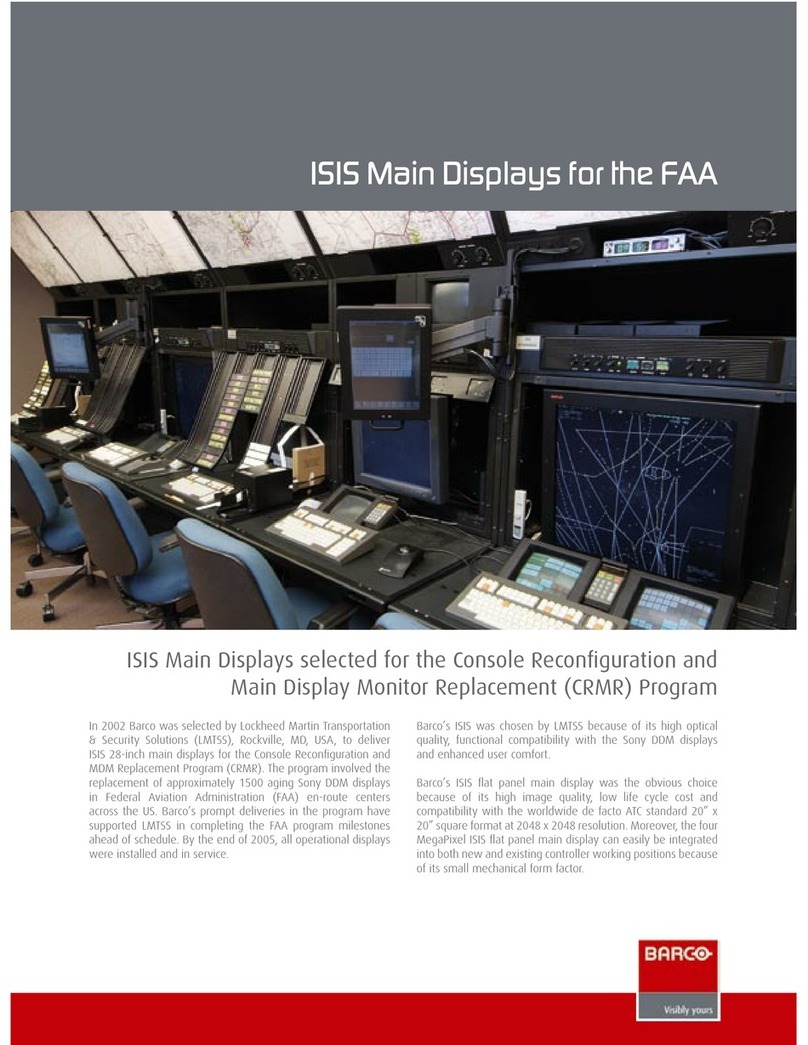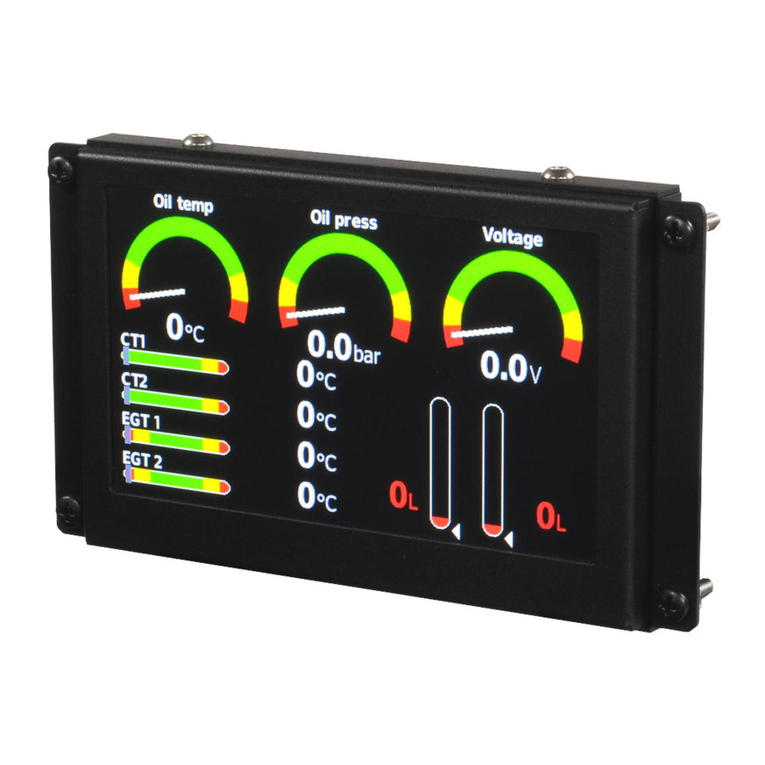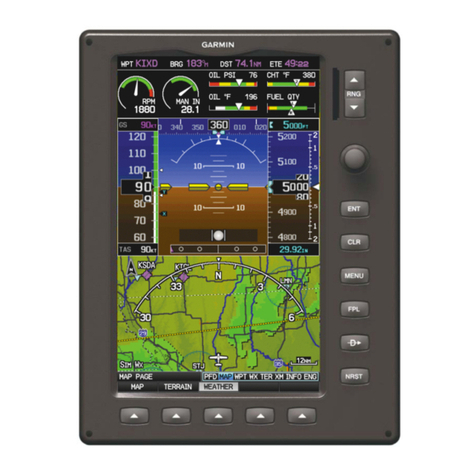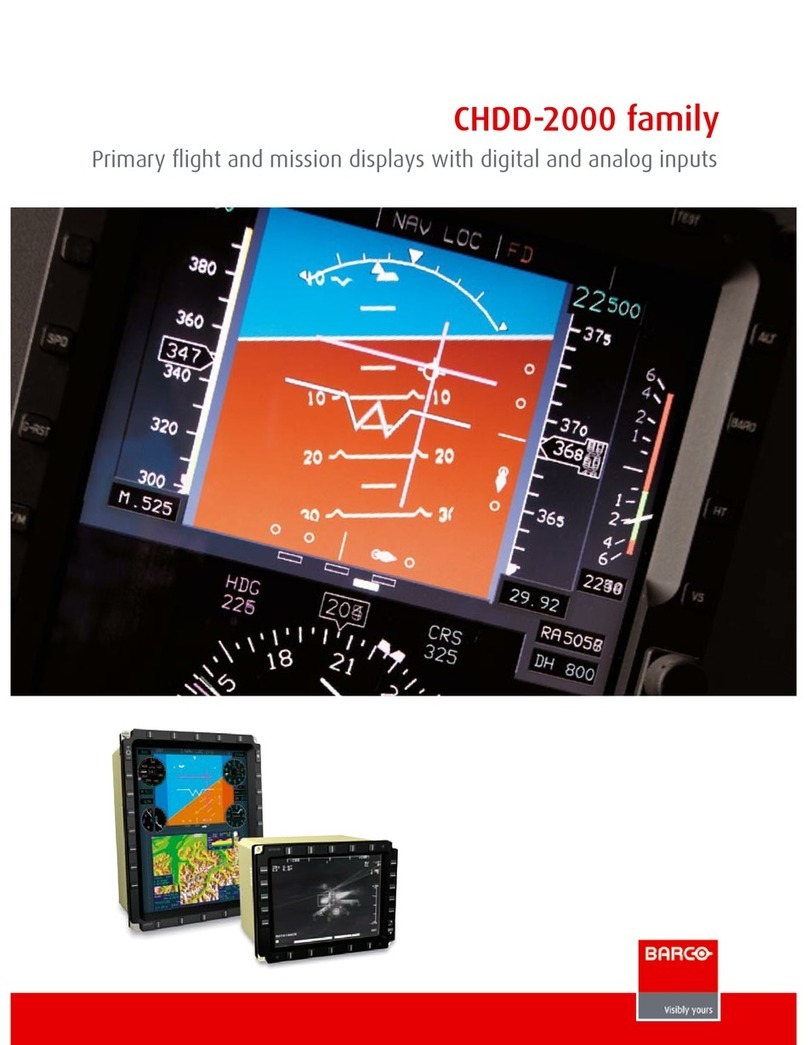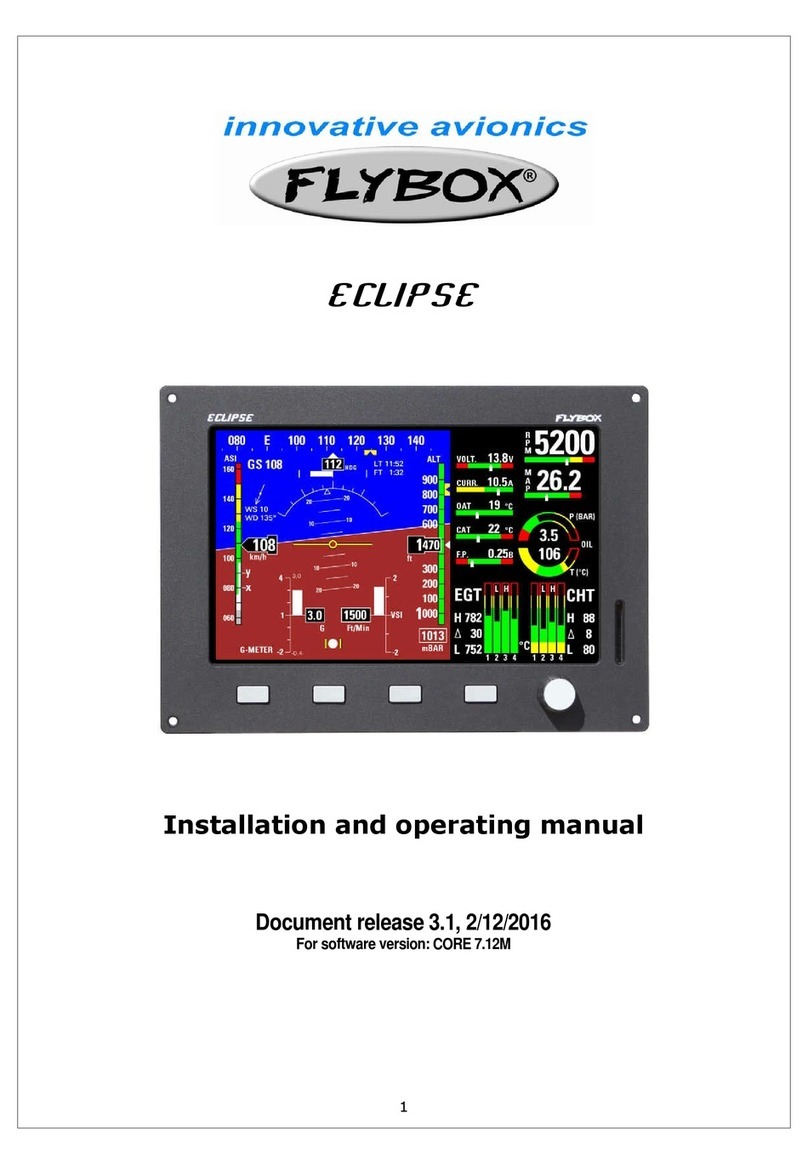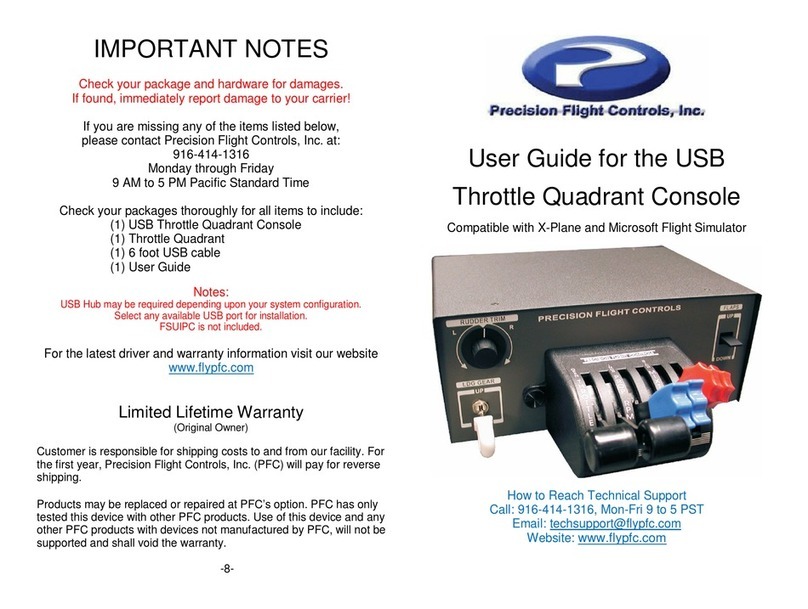1.5 Reference Documents
The following documents are referenced or used as content sources for this document:
•103261-000 SkyView HDX Certified Installation Manual
•103272-000 SkyView HDX Certified Airplane Flight Manual Supplement
•102949-003 SkyView HDX Pilot’s User Guide
•103488-000 SkyView HDX Wiring Diagram
•43.13-1B Acceptable Methods, Techniques and Practices- Aircraft Inspection and Repair
•43.13-2B Acceptable Methods, Techniques and Practices- Aircraft Alterations
1.6 Installation Compliance
Airplanes on the AML meet a minimum required configuration for applicability of the STC.
However, some airplanes may have been modified, and consequently, it may be difficult to use
the information in this manual to completely substantiate the installation in compliance with the
STC. It is the installer's responsibility to make the final determination of applicability for each
individual airplane.
Prior to completing the installation, and before returning the airplane to service, the installer must
complete and submit an FAA Form 337 Major Repair & Alteration (Airframe, Powerplant,
Propeller, or Appliance) to the appropriate FAA Flight Standards District Office. The form must
include the following:
•Description of component installation.
•Description about how component interfaces with existing equipment and systems.
•Appropriately approved or acceptable data that demonstrates compliance.
Refer to AC 43.9-1E - Instructions for Completion of FAA Form 337 for additional information.
1.7 Installation Record
It is the responsibility of the mechanic or facility performing the installation to record where
equipment is installed in the airplane. Dynon Avionics provides a form (SkyView HDX Certified
Equipment Installation Record) to record this information. Authorized installers can download
the document at www.dynon.aero/stcdocs. When completed, the documentation should be
entered into airplane’s permanent record.
